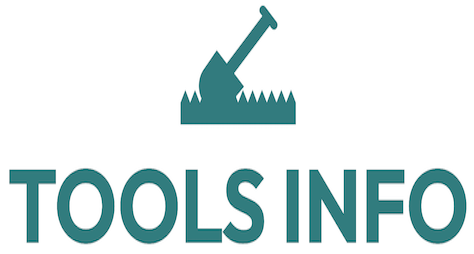Introduction
Understanding Blade Sharpening
Sharpen Hand Plane Blades is a crucial skill for woodworking enthusiasts and professionals alike. Sharp blades ensure clean cuts, smoother finishes, and safer tool handling. Just like sharpening chisels, understanding the fundamentals of blade sharpening techniques will help you maintain your tools in peak condition.
Blade sharpening involves carefully grinding and honing the cutting edge to restore its sharpness. Without proper sharpening, hand plane blades can become dull, leading to inefficient work and frustration.
Preparing the Tools
Gathering Materials
Before beginning to sharpen hand plane blades, gather all necessary sharpening tools. Essential items include waterstones or oilstones of varying grits (coarse, medium, and fine), a honing guide to maintain consistent angles, a strop loaded with polishing compound, and a flat surface to work on. Additionally, you may want to have a leather belt or sharpening jig to assist in the process.
When sharpening chisels, similar tools and materials are used, so having these ready will make the maintenance process smoother. Remember to choose stones appropriate for the type of steel your blades are made from for the best results.
Setting Up Workspace
Arranging a well-lit, clean, and comfortable workspace is vital. Position your sharpening stones securely on a non-slip surface to avoid accidents. Ensure you have adequate lighting to inspect the blade edges clearly. A clutter-free area reduces distractions and helps you focus on applying precise blade sharpening techniques.
Safety precautions, such as wearing gloves or safety glasses, can protect against accidental slips or metal shards. Proper setup not only increases efficiency but also enhances safety during sharpening.
Sharpening Techniques
Using Honing Guide
The honing guide is a key tool when you want to sharpen hand plane blades accurately. It holds the blade at a fixed angle against the sharpening stone, ensuring uniform bevel sharpening. Placing the blade securely in the guide helps maintain consistent pressure and angle throughout the process, which is essential to achieve a razor-sharp edge.
Place the blade in the honing guide with the bevel facing downward and rest it on the stone. Move the blade back and forth, starting on the coarse grit stone and progressing through finer grits. This staged approach gradually refines the blade edge and removes any small nicks or imperfections.
Applying Correct Angles
Understanding and applying the correct blade angles is one of the most important blade sharpening techniques. For hand plane blades, a bevel angle between 25 and 30 degrees is standard, although some blades may require slight adjustments based on your specific tool or desired performance.
Sharpening chisels often uses similar angles, typically around 25 degrees. Keeping these angles consistent during sharpening prevents uneven edges and preserves the blade’s durability.
After grinding on sharpening stones, finishing with a strop polishes the edge, removing microscopic burrs and enhancing sharpness. Stropping should maintain the same angle used during sharpening for optimal results.
Maintenance and Care
Storing Properly
After sharpening, proper storage of hand plane blades and chisels extends their lifespan and preserves sharpness. Keep blades dry and protected from moisture to prevent rust. Using protective sheaths or wrapping blades in oil-soaked cloths can provide additional barrier against corrosion.
Organize your sharpening tools and blades in a dedicated area, avoiding contact with other metal objects that may dull or damage edges. Regularly inspect stored blades to ensure they remain in good condition.
Regular Maintenance
Regular maintenance helps reduce the need for heavy sharpening sessions. Wipe blades clean after each use, and lightly hone them on a fine stone or strop to keep the edge keen. This routine care maximizes tool performance and saves you time in the long run.
Blades that are frequently maintained require fewer extensive sharpening steps, making your woodworking projects more enjoyable and efficient. Incorporate blade care into your routine, and you will notice consistent performance from your hand planes and chisels.
FAQs
What tools do I need for sharpening?
You will need sharpening stones (coarse to fine grits), a honing guide, a strop with polishing compound, and a stable workspace. Optional tools include a leather belt or jig to assist handling.
How often should I sharpen my hand plane blades?
Sharpening frequency depends on use but generally when you notice reduced cutting efficiency or rough finishes. Regular honing can extend the time between full sharpenings.
Can I sharpen chisels without specialized equipment?
While possible, using proper sharpening stones and guides yields the best results. Improvised methods risk uneven edges or damage. Investing in basic sharpening tools is recommended for consistent quality.
For more about hand planes, their history, and use, see this detailed resource. To deepen your knowledge on tool upkeep, explore our comprehensive maintenance and repairs guide.
Mastering how to sharpen hand plane blades effectively will enhance your woodworking precision and tool longevity. With the right tools, techniques, and care, maintaining razor-sharp blades is simple and rewarding.
Ready to achieve expert sharpness and improve your woodworking results? Start your sharpening journey HERE and transform your hand plane blades and chisels today!
